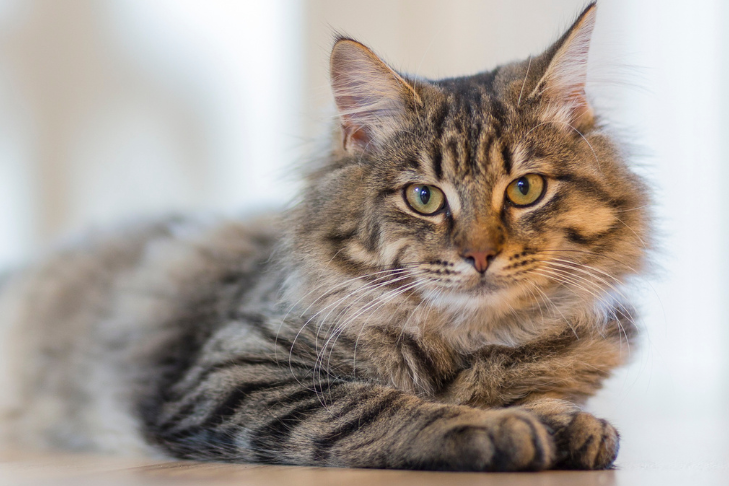How to Care for Your Cat’s Fur

As a cat parent, you know the joy of snuggling with your furry companion. A healthy, soft, and shiny coat makes those cuddle sessions even more comforting—for both of you. Petting your cat isn’t just a bonding activity; it can lower your stress, reduce blood pressure, and release feel-good hormones. It’s a win-win, especially when your kitty’s coat looks and feels its best.
If your cat’s fur has lost its shine, there are a few common reasons—and simple ways to help bring it back.
Why Your Cat's Coat Might Look Dull
There are several reasons why your cat’s coat might have lost its sheen. Here are a few of them, though this list is by no means complete.
1. Poor Nutrition
Your cat’s coat reflects their internal health. Low-quality cat food may lack essential nutrients or be harder to digest, limiting absorption. Grain sensitivities can also cause skin issues in some cats. Switching to a high-quality, protein-rich, and possibly grain-free diet can make a visible difference in their coat and overall health.
2. Weight Issues
Over half of U.S. cats are overweight, which can affect their ability to groom properly. If you see dandruff on their lower back or base of the tail, it may be because your cat can’t reach those areas. Talk to your vet about gradual weight loss options. A slow and steady plan is key to avoiding complications like hepatic lipidosis.
3. Aging
As cats age, they may develop arthritis or lose flexibility, making grooming difficult. Regular brushing helps remove buildup, stimulate circulation, and keep their coat in good condition. Senior cats may also benefit from nutritional support to promote coat and skin health from the inside out.
4. Too Many Baths
Overbathing can dry out your cat’s skin and coat by stripping away natural oils. Unless they’re particularly dirty, most cats only need a bath every 4-6 weeks—or even less. For flea control, consider topical treatments instead of frequent shampooing. If you do bathe your cat, follow up with a gentle, pet-safe conditioner.
5. Possible Health Concerns
Dull fur and dry skin may be symptoms of underlying issues like allergies, diabetes, or autoimmune conditions. If your cat’s coat doesn’t improve with grooming and diet changes, it’s best to schedule a vet checkup.
The Role of Nutrition in Coat Health
Just like humans, cats benefit from a nutrient-rich diet to support their skin and fur. Omega 3 fatty acids are especially helpful for maintaining hydration and shine. While fish oil is commonly used, it can be messy and high in calories.
Pet Releaf’s Fish-Free Omega 3 is a clean, plant-based option that delivers powerful omegas without the fishy smell or calories. It's ideal for cats who need skin and coat support but are on a calorie-conscious routine. Adding this to your cat’s daily diet may help nourish their skin and promote a softer, glossier coat over time.

How to Bring Back Your Cat’s Shine
Brushing your cat regularly does more than keep fur off your furniture. It boosts circulation, spreads natural oils, and helps remove dirt, loose fur, and skin flakes. Depending on your cat’s coat length and type, choose a brush that works best—metal combs are great for undercoat removal, while soft-bristle brushes work well for surface fluff.
Try brushing your cat once or twice a week, inspecting for bald spots or skin issues as you go. If your cat is older or has trouble grooming, brushing becomes even more important.
The Power of a Healthy Coat
Your cat’s coat is more than just beautiful—it’s essential to their comfort, communication, and health. By supporting them with high-quality nutrition, gentle grooming, and targeted supplements, you can help their fur stay soft, shiny, and cuddle-ready. It’s a small effort that makes a big difference in your cat’s well-being—and your bond with them.


